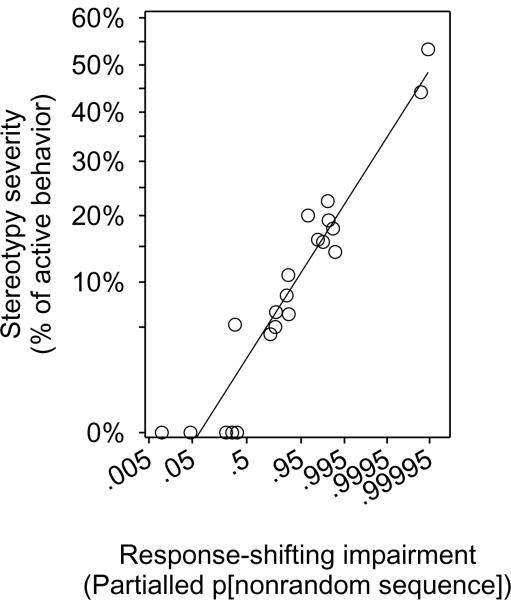Fig. 4. Response-shifting deficits predict stereotypy.
The severity of stereotypy, measured as the mean proportion of active behavior spent stereotyping during the first two hours of the night, was positively correlated with the severity of response-shifting deficit, measured as the probability of non-random sequence generation in the bias-corrected two choice gambling task. The severity of response-shifting deficit was logit transformed so that partialling by blocking variables would not yield impossible values. Stereotypy was angular transformed.

